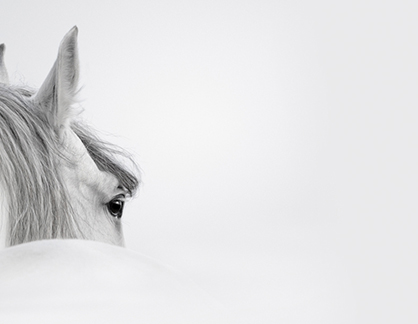Strategies For Coping With Smoke From Wildfires
October 9, 2020 Comments Off on Strategies For Coping With Smoke From Wildfires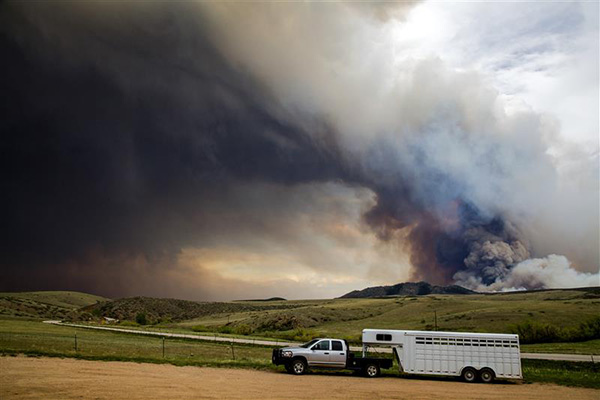
Smoke comes in endless variations, depending on what is burned. In the case of wildfires that spread beyond forests and rangeland to consume homes and other structures, smoke is produced from burning wood, vegetation, plastic, building materials, furniture, vehicles and combustibles such as gas and oil.
Continue reading …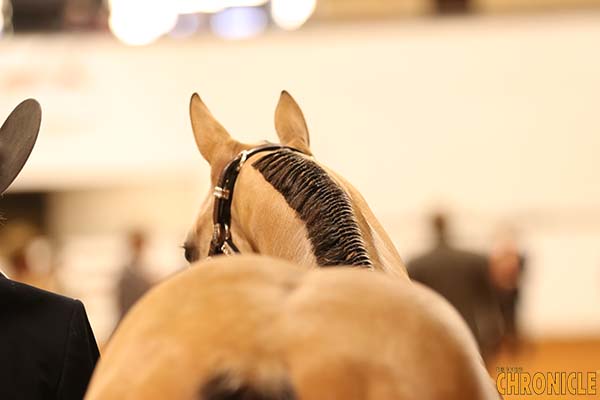
Mister Ed, Diamonds Sparkle, Spirit, Roy Rogers’ Trigger, and Hotshot, what do all these dazzling equines have in common? They all sport dilute-colored coats! Thanks to the vast world of equine genetics, we are able to bear witness to a huge variety of stunning coat patterns and colors. Let’s unpack a bit of the science behind these flashy hues.
Continue reading …AQHA Horseman Participates in Study Specifically Focused on Performance Horses
September 18, 2020 Comments Off on AQHA Horseman Participates in Study Specifically Focused on Performance Horses
This great information is focused specifically on our types of horses: horses that spin hard, travel with precision over obstacles, work dynamically to maintain a consistent top line, and manage to sustain these attributes through long competition days and seasons.
Continue reading …5 Ways Coping With the Pandemic Will Make You a Stronger Equestrian
September 14, 2020 Comments Off on 5 Ways Coping With the Pandemic Will Make You a Stronger Equestrian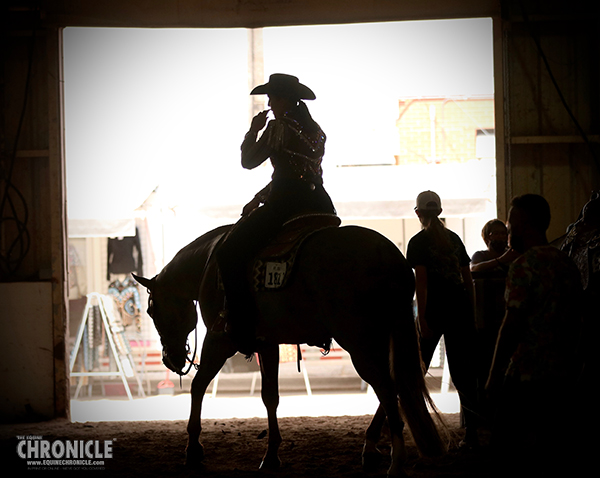
Who among you hasn’t stepped up to the start cone, with the eyes of the judges upon you, your family and friends watching on the sidelines, and your trainer nervously chewing his nails, and hasn’t felt afraid. Fear is real, but fear isn’t fact. You’ve faced this situation before, and you will face it again. The way you choose to deal with the emotions caused by this pandemic, however, can help to make you a stronger equestrian and competitor when it’s time to return to the show pen.
Continue reading …Combating Common Equine Skin Problems
September 8, 2020 Comments Off on Combating Common Equine Skin Problems
If your horse has rain rot, you’ll notice scab-like bumps, particularly along the top of the head, neck, back and/or croup. When pulled, the hair will easily come away from the body, leaving behind an infected, hairless spot of skin. These lesions are commonly itchy or painful.
Continue reading …Webinar- Biosecurity on Horse Farms and at Equestrian Events
September 4, 2020 Comments Off on Webinar- Biosecurity on Horse Farms and at Equestrian Events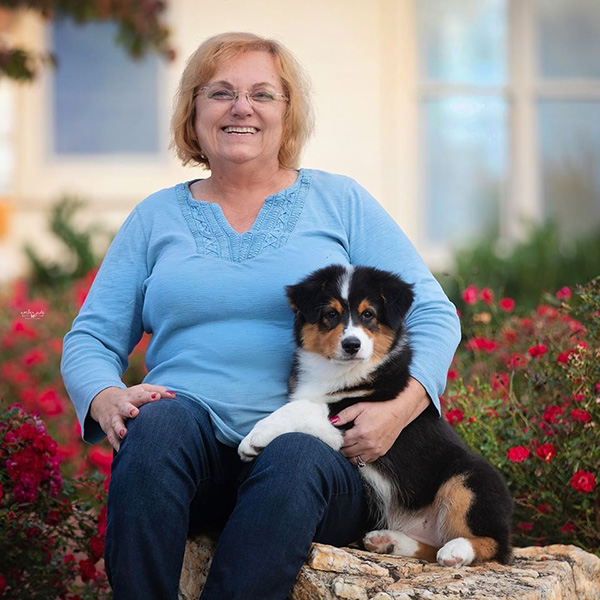
As part of the Equine Science Center’s Fall 2020 Equine Webinar Series, Leslie Seraphin, DVM, MPH, will present on biosecurity for the horse owner. Her talk will focus on actions you can take to prevent disease entry to and spread on your farm, including actions to take when attending off farm equine events.
Continue reading …First-Ever Full-Body Equine Vet Imaging For Standing Conscious Horse
September 3, 2020 Comments Off on First-Ever Full-Body Equine Vet Imaging For Standing Conscious Horse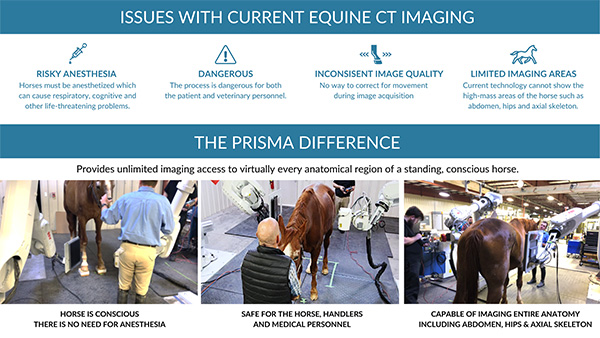
Prisma’s system has successfully performed in vivo imaging of live horse subjects and has demonstrated the efficacy of the system’s multiple technologies. Prisma’s CT image quality has proven to be on par with the top medical-grade CT systems.
Continue reading …Vets Call For Essential Nationwide Border Permits During COVID-19
September 2, 2020 Comments Off on Vets Call For Essential Nationwide Border Permits During COVID-19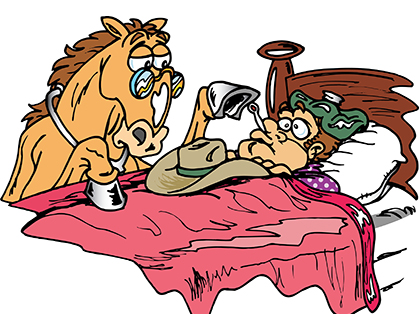
“The ongoing survival of our agricultural industry and the welfare of our animals must be prioritized. We are calling upon government to act immediately to develop an agricultural worker permit similar to that developed for the freight industry to enable the critical movement of agriculture workers, including veterinarians,” said Dr Vale.
Continue reading …Understanding Hay Quality- Even Good Hay Can Have Bad Things In It
August 31, 2020 Comments Off on Understanding Hay Quality- Even Good Hay Can Have Bad Things In It
General guidelines call for horses to get 1 to 1.5 percent of their body weight in forage. The aforementioned study of feeding practices showed that few owners weighed their horses’ hay, while the majority did weigh the concentrates. That was one of several findings reflecting misunderstandings of hay’s role in their horses’ diet.
Continue reading …








